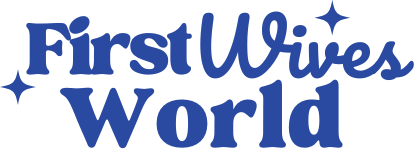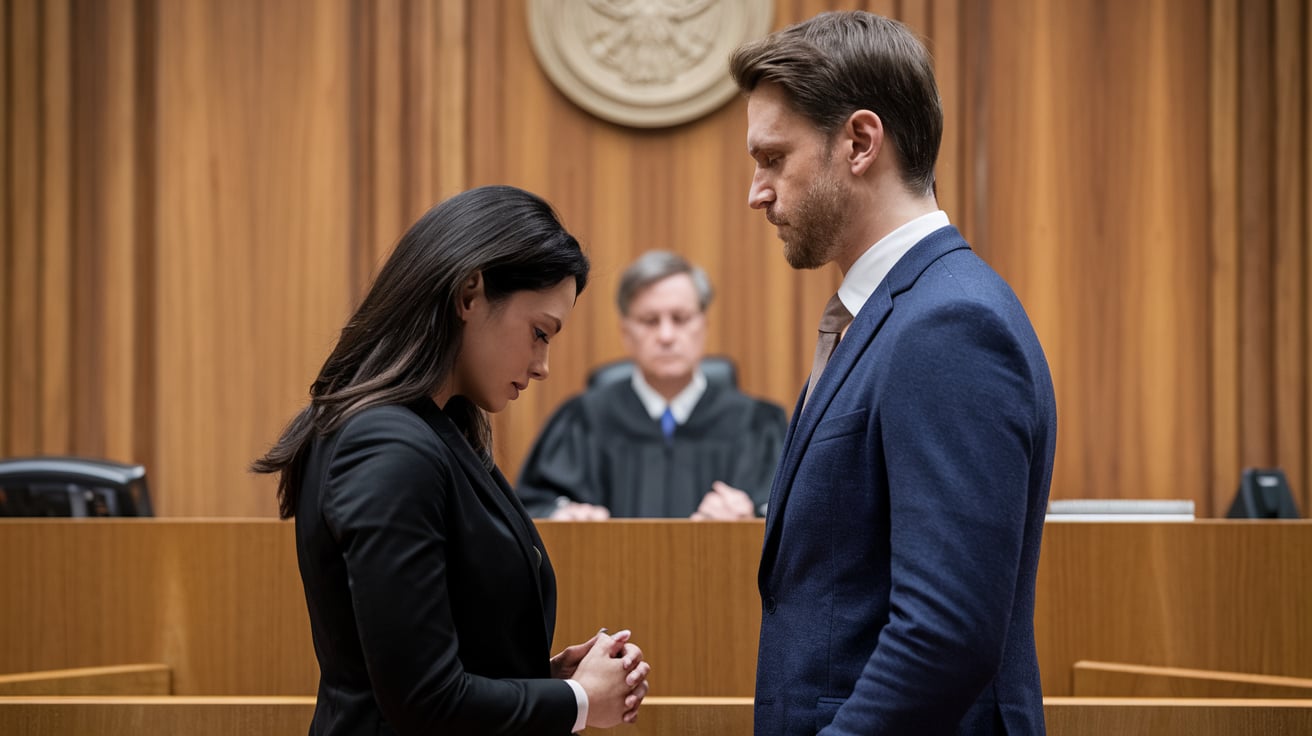Getting divorced in Florida takes time, paperwork, and patience.
Many couples who begin the process feel confused about how long everything will take, which adds extra stress to an already difficult situation.
The good news is understanding the typical timeline can help you prepare better and feel more in control.
This blog breaks down each step of the Florida divorce process, from filing the initial papers to getting your final judgment.
You’ll learn about the key factors affecting your timeline, the required waiting periods, and how to help things move smoothly.
Different Types & the Timeline for Divorce in Florida

To file for divorce in Florida, you or your spouse must be legally married, and at least one must have lived in the state for at least 6 months.
Additionally, the marriage must be irreparable. Florida is a no-fault divorce state, so you do not have to prove that either party is at fault for the marriage troubles.
1. Uncontested Divorce
When both spouses agree on ending their marriage, they can file for an uncontested divorce.
This means you and your spouse have reached agreements about splitting property, sharing parental responsibilities, child support, and any other financial matters.
These cases often move through the court system faster since there’s no need for multiple hearings or a trial. Many couples choose this option to save time and money and reduce stress.
2. Simplified Dissolution of Marriage
Florida offers this quick option for couples who meet specific requirements.
To qualify, you must have no children under 18, neither spouse can seek alimony, and you both agree on how to divide your property.
You’ll also need to sign the divorce papers in front of a court clerk. This process typically takes less time than other types because there are fewer legal requirements to fulfill.
3. Contested Divorce
Sometimes, couples can’t agree on important issues like child custody, support payments, or how to split their assets.
In these situations, a contested divorce becomes necessary. The court will need to step in and make decisions through hearings and possibly a trial.
This type typically takes longer and costs more because it involves multiple court appearances, mediators, and sometimes expert witnesses to help resolve disputes.
4. Default Divorce
This type occurs when one spouse files for divorce, but the other spouse never responds to the court papers.
After waiting the required time (usually 20 days in Florida), the filing spouse can ask the court to grant the divorce by default.
The court will often give the filing spouse what they requested in their original divorce papers since the other spouse didn’t participate.
5. Mediated Divorce
Some couples work with a neutral third party (mediator) to resolve their disagreements outside court.
The mediator helps both spouses communicate better and find a middle ground on disputed issues.
While this process might take several sessions, it often leads to faster resolutions than going through a full-court battle. Plus, it gives both spouses more control over the final agreements.
An Estimated Timeline to Look After
| Type of Divorce | Typical Divorce Timeline |
|---|---|
| Uncontested Divorce | 3 to 6 months, depending on court schedule and paperwork completion. |
| Contested Divorce | 6 months to 1 year, depending on the complexity and length of court hearings. |
| Simplified Divorce | Around 1 to 3 months if all requirements are met. |
| Collaborative Divorce | 6 to 12 months, depending on cooperation and resolution of issues. |
| Default Divorce | 3 to 6 months, depending on the other party’s response. |
What are the Major Steps Involved in The Divorce Process

The divorce process involves several key steps, from filing the initial petition to finalizing the settlement.
1. Filing the Petition (Day 1)
The divorce process starts when one spouse submits the divorce papers to the court. The filing spouse must pay court fees and ensure all forms are filled out correctly.
These papers include details about what they want from the divorce, such as property division and child custody arrangements.
2. Serving Your Spouse (Days 1-30)
After filing, your spouse must receive official notice of the divorce. A process server or sheriff’s deputy will hand-deliver the papers.
If they can’t find your spouse, the court allows other methods of service, like publishing a notice in the newspaper. This step can take a few days to several weeks, depending on how easy it is to locate your spouse.
3. Response Period (Days 30-50)
Your spouse has 20 days to respond after receiving the divorce papers. They can either agree to your requests or file their own counter-petition with different terms.
This period sets the tone for how long the entire process might take.
4. Financial Disclosure (Days 45-75)
Both spouses must share complete information about their income, expenses, assets, and debts. Florida law requires this step within 45 days of serving the divorce papers.
Being thorough and honest here prevents delays and complications later.
5. Mediation (Days 75-120)
Most Florida courts require couples to try mediation before going to trial. During these sessions, both spouses work with a neutral person to resolve disagreements.
Mediation can last one day or several sessions over multiple weeks, depending on the complexity of the issues.
6. Mandatory Waiting Period
Florida has a 20-day waiting period after filing before a judge can finalize any divorce.
This cooling-off period gives couples time to make sure divorce is what they really want.
7. Final Hearing and Judgment (Days 90-365+)
For uncontested cases where spouses agree on everything, the final hearing might happen within three months of filing.
However, contested divorces that need a trial can take a year or longer. During this phase, the judge reviews all agreements or makes final decisions on disputed matters.
8. Post-Judgment Period
After the judge signs the final order, there’s a 30-day window where either spouse can appeal the decision.
Once this period passes, the divorce becomes permanent, though some parts of the agreement (like child support) can be modified later if circumstances change.
Factors Affecting the Duration of a Divorce
- The duration of a divorce varies based on whether it’s contested or uncontested and the complexity of issues like child custody or property division.
- Each case is unique, and factors like legal complexity and cooperation impact the timeline.
- The county where you file affects timing, with busier courts in large cities experiencing longer wait times.
- Property division complexity, especially involving multiple assets, businesses, or investments, can prolong the process.
- Cases involving children take longer due to parenting plans, custody evaluations, and court-mandated requirements.
- Spouses who communicate and compromise finish the process faster, while constant conflicts slow it down.
- Organized financial records help speed up proceedings while missing or hidden documents cause delays.
- Attorney availability can impact timing, especially if one spouse switches lawyers during the process.
- Settlement negotiations vary, with quick agreements resolving faster and prolonged disputes leading to trials.
- Emotional readiness plays a role, as hesitation or reluctance to finalize decisions can lead to delays.
Tips to Make the Divorce Process Faster
| Tip | Description |
|---|---|
| Work Together When Possible | Cooperate with your spouse on key decisions, respond promptly, and share required documents to speed up the process. |
| Get Your Papers in Order Early | Gather all necessary documents like tax returns, bank statements, property deeds, and insurance policies beforehand. |
| Be Clear About Your Goals | Identify priorities for property, children, and finances to focus discussions and avoid unnecessary disputes. |
| Consider Mediation | Mediation can be faster than court, leading to mutually agreed solutions that work better in the long term. |
| Stay Focused on Solutions | Avoid rehashing past problems and keep attention on resolving issues efficiently. |
| Respond to Requests Quickly | Answer court documents, lawyer requests, and spouse communications immediately to keep the process moving. |
| Choose Your Battles Wisely | Avoid legal fights over minor issues to save time, money, and energy. |
| Keep Good Records | Maintain copies of all documents and records of divorce-related conversations to prevent misunderstandings and delays. |
Conclusion
While the length of a divorce in Florida can vary, it’s essential to understand the general timeline.
Uncontested divorces tend to be quicker, while contested ones might stretch over months.
By keeping things as simple and cooperative as possible, you can speed up the process.
Remember, the clearer the communication, the less complicated the steps, and the faster the resolution.
Divorce is never easy, but knowing what to expect can make the journey smoother and more manageable for you.
Just stay focused, and take it one step at a time.
Frequently Asked Questions
How Much Does a Divorce Cost in Florida?
Filing fees in Florida cost around $400. Additional expenses depend on your case – simple uncontested divorces might total $1,500, while complex cases can reach $30,000 or more if they go to trial.
Is Florida Divorce Always 50 50?
Florida follows equitable distribution, not strict 50-50 splits. When dividing assets fairly, the court considers factors like marriage length, each spouse’s financial situation, and contributions to the marriage.
What is the 7-Year Divorce Rule in Florida?
Florida doesn’t have a 7-year divorce rule. This is a common myth. The state only requires that at least one spouse has lived in Florida for six months before filing.








